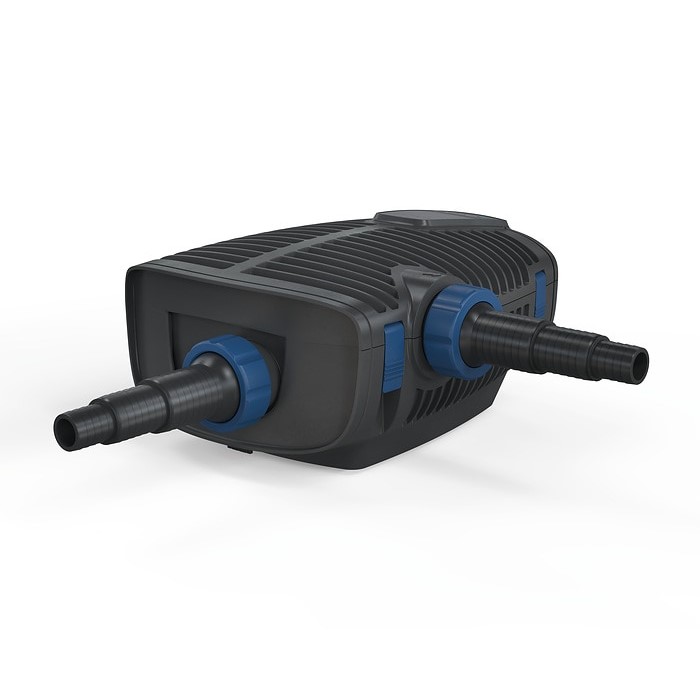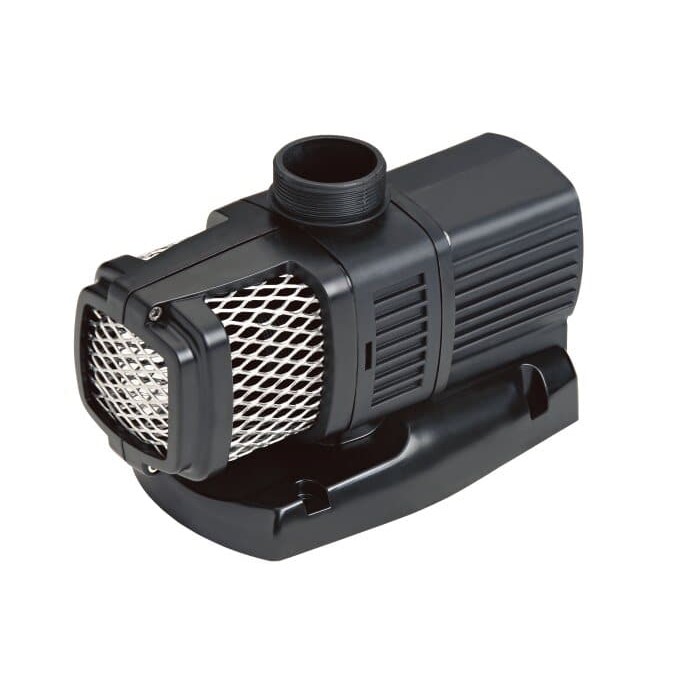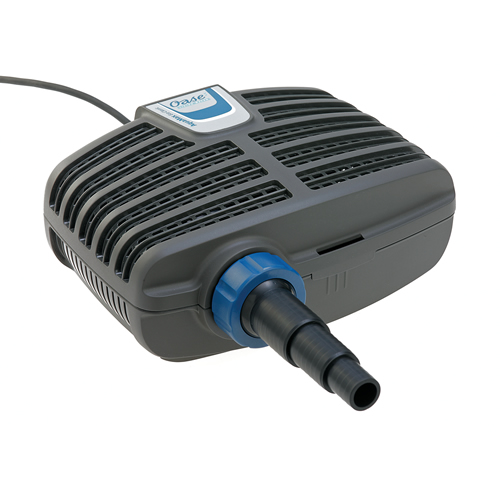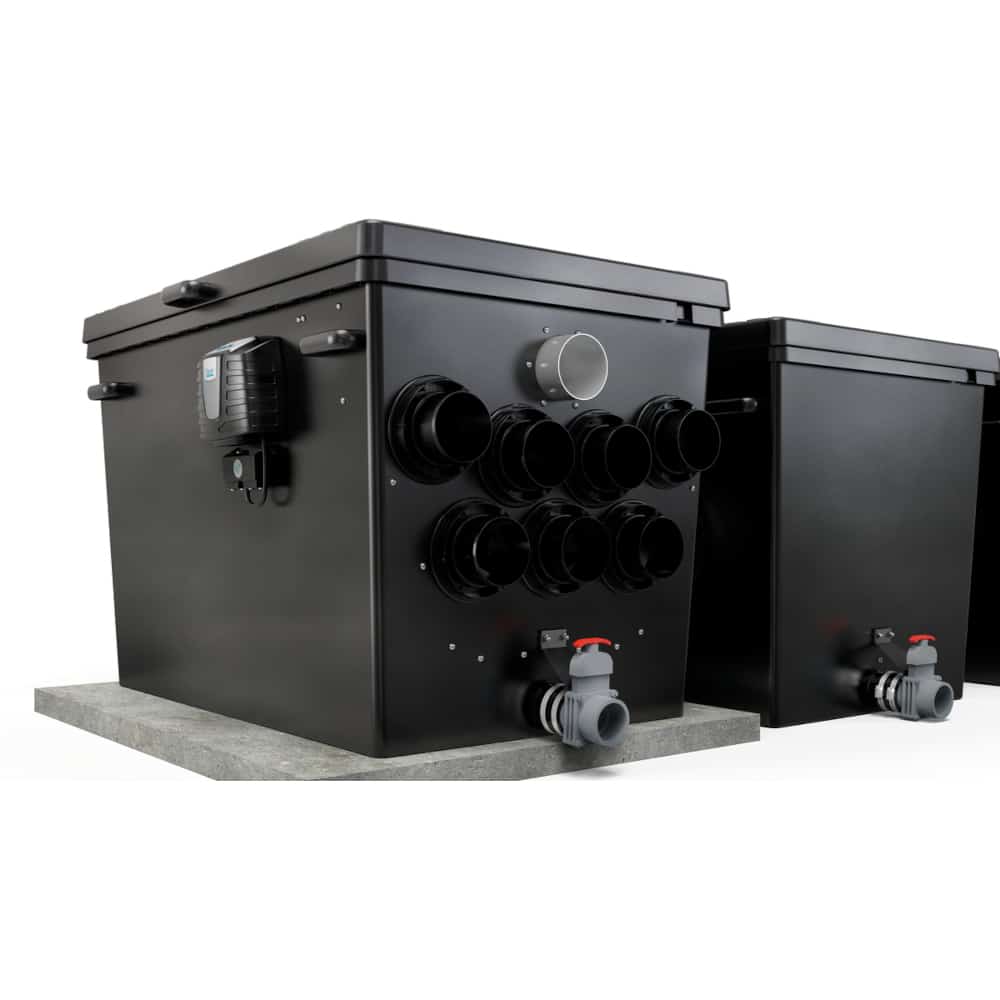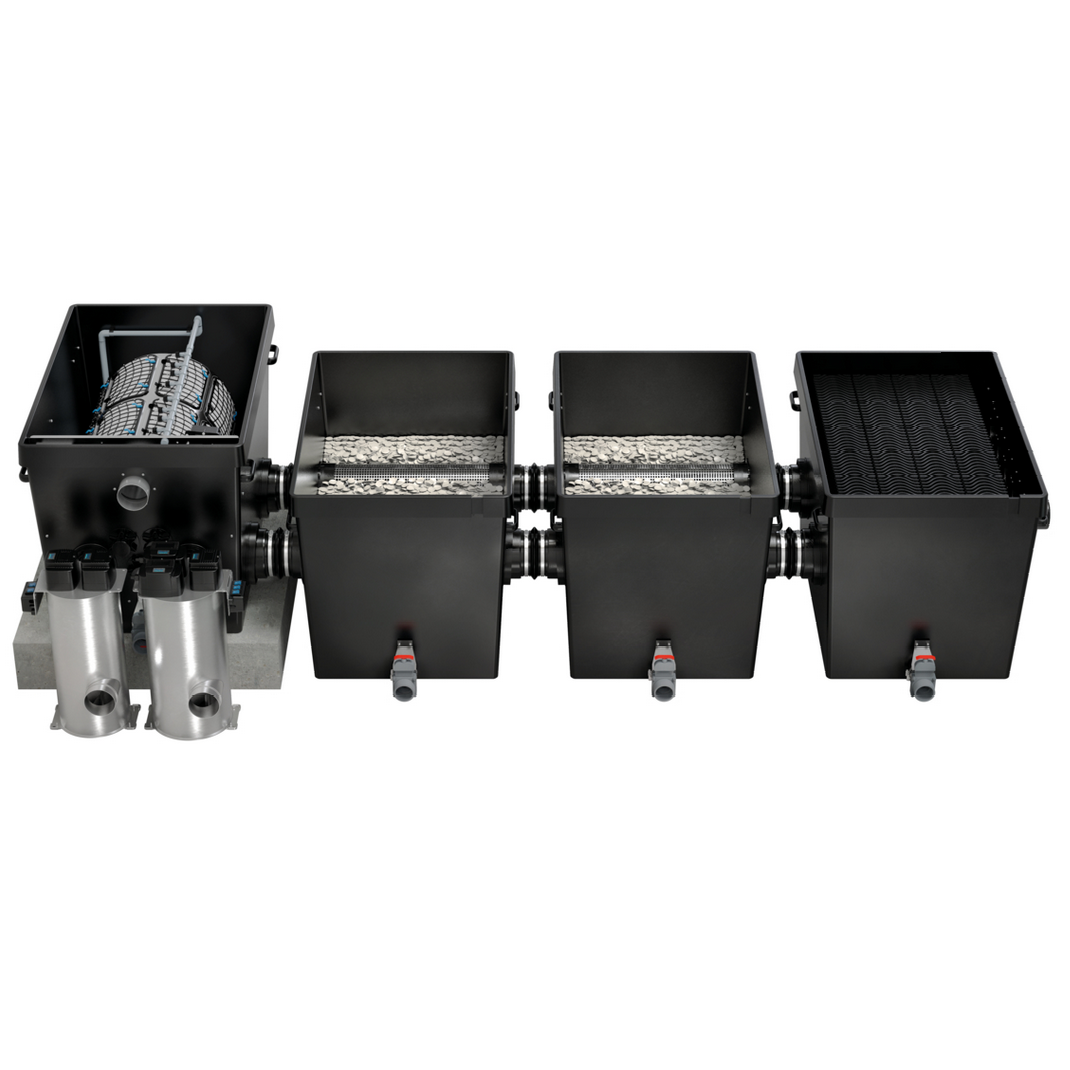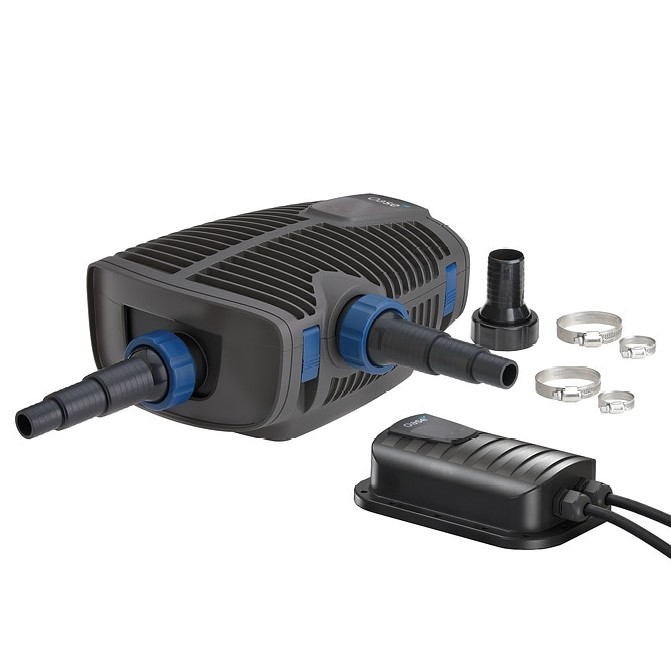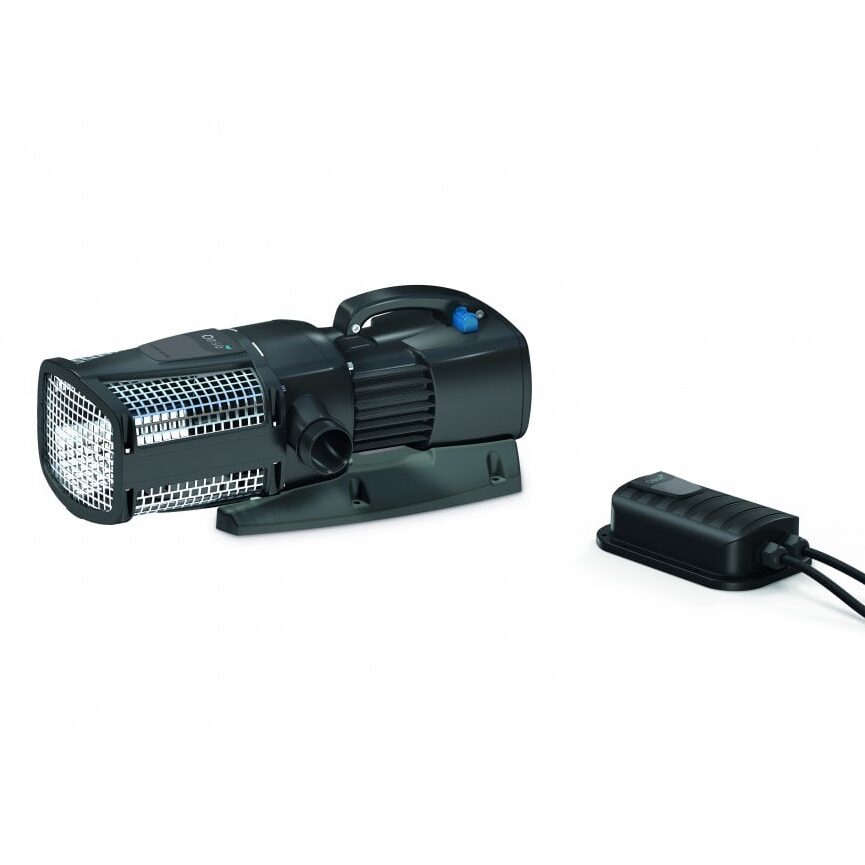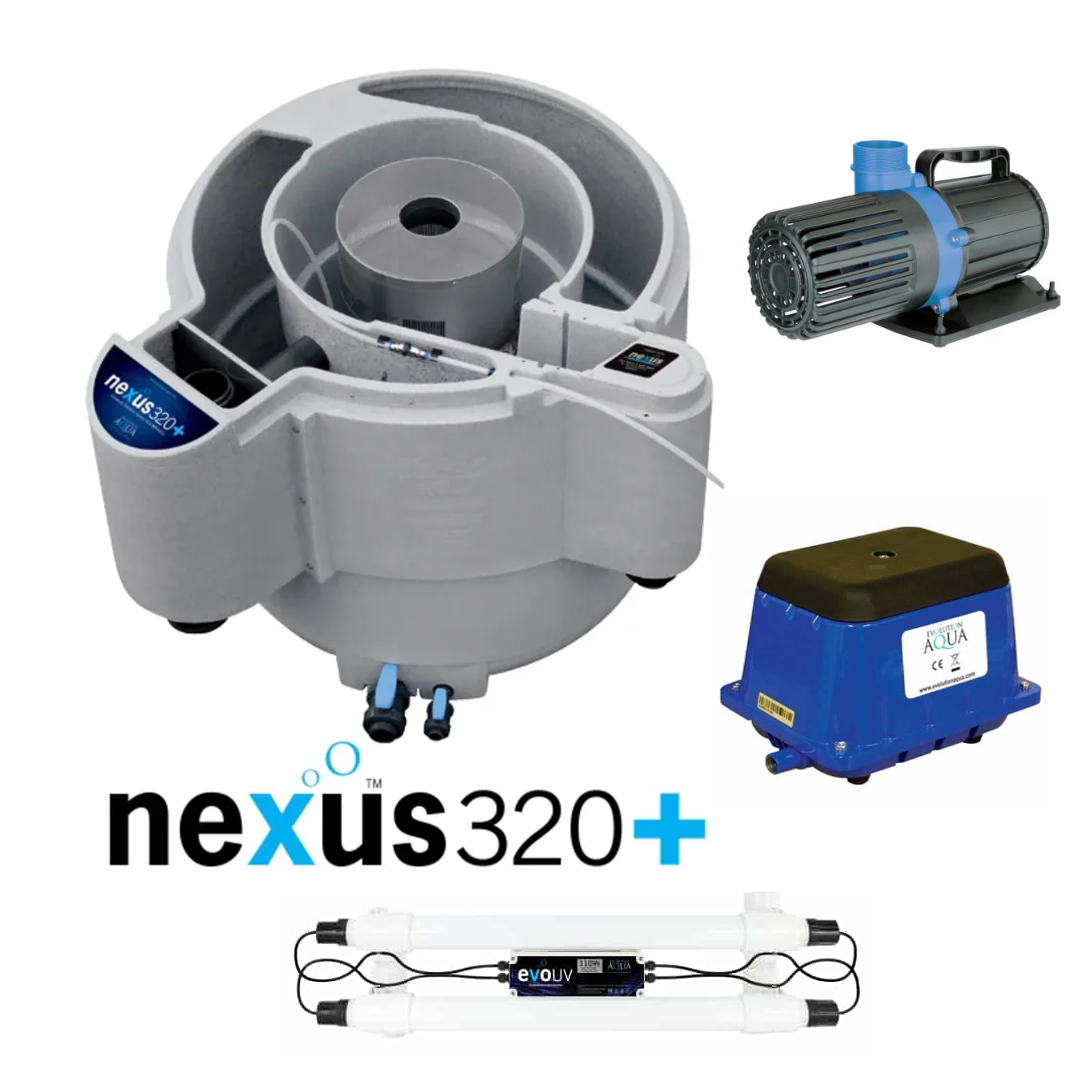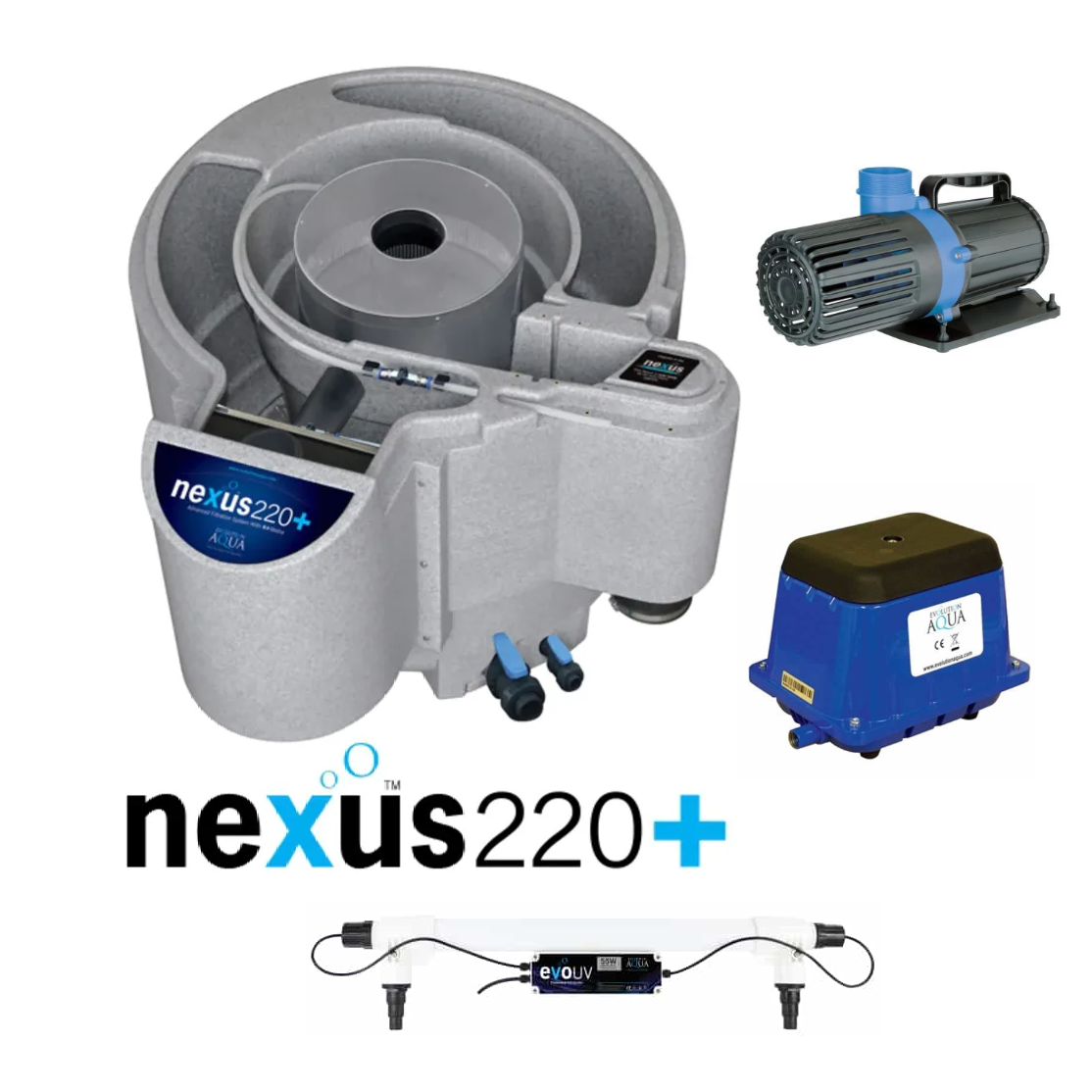Pond Pumps – Frequently Asked Questions
Below, we’ve compiled a list of frequently asked questions to help you understand the different types of pond pumps available and their various functionalities.
1. What is a pond pump, and why is it essential for my pond?
A pond pump is a vital component of any aquatic ecosystem, responsible for circulating and aerating the water to maintain optimal water quality and support the health of fish, plants, and other pond inhabitants. Pond pumps come in various types, each designed for specific purposes and applications.
2. What are the different types of pond pumps available?
Pond pumps can be categorized into several types based on their intended use and functionality:
- Filter Pumps: These pumps are designed specifically for powering pond filtration systems, providing reliable water circulation to ensure efficient filtration and water quality maintenance.
- Fountain Pumps: Fountain pumps are versatile pumps commonly used to create decorative water features such as fountains, waterfalls, and cascades in ponds and water gardens. They come in various sizes and flow rates to suit different fountain designs.
- 12v Swim Pond Pumps: These pumps are ideal for swim ponds and natural swimming pools, providing circulation and aeration to keep the water clean and healthy for swimming. 12v pumps are often low-voltage and energy-efficient, making them suitable for use in swimming areas.
- Variable Flow Pumps: Variable flow pumps offer adjustable flow rates, allowing users to customize water circulation and aeration according to their specific pond requirements. These pumps are versatile and suitable for various pond sizes and applications.
3. How do I choose the right pond pump for my pond?
When selecting a pond pump, consider factors such as the size and depth of your pond, the volume of water it holds, the desired flow rate, and any additional features or functionalities required. Assessing these factors will help you determine the appropriate pump size, power, and specifications for your specific pond needs.
4. What are the benefits of using a pond pump?
- Improved Water Circulation: Pond pumps facilitate water movement and circulation, preventing stagnation and promoting oxygenation throughout the pond.
- Enhanced Filtration: Proper water circulation helps distribute water evenly through filtration systems, improving filtration efficiency and maintaining water clarity.
- Aeration: Pond pumps create surface agitation and water movement, increasing oxygen levels in the water and supporting the health of fish, plants, and beneficial bacteria.
- Decorative Features: Fountain pumps add aesthetic appeal to ponds by creating dynamic water features such as fountains, waterfalls, and spouts, enhancing the overall beauty of the landscape.
5. How do I install and maintain a pond pump?
Installation procedures for pond pumps vary depending on the type and model of the pump, but most pumps are relatively easy to install with basic plumbing connections. Regular maintenance includes cleaning the pump intake and impeller to prevent debris buildup, checking for clogs or blockages, and ensuring proper pump operation and water flow.
6. Can I use multiple pond pumps in my pond?
Yes, using multiple pumps can be beneficial, especially for larger ponds or those with complex layouts or features. Multiple pumps can provide additional water circulation, aeration, and decorative effects, enhancing the overall functionality and aesthetic appeal of the pond.
7. Are pond pumps energy-efficient?
Many modern pond pumps are designed to be energy-efficient, consuming minimal electricity while providing reliable performance and water circulation. Look for pumps with energy-saving features such as adjustable flow rates, low-voltage operation, and efficient motor designs to minimize energy consumption and operating costs.
8. Can pond pumps be used in conjunction with other pond equipment, such as filters and UV sterilizers?
Absolutely! Pond pumps can be integrated with other pond equipment such as filtration systems, UV sterilizers, and aeration devices to create a comprehensive water management system. Properly combining these components ensures effective water treatment, circulation, and maintenance, promoting a healthy and balanced pond environment.
9. How long does a pond pump last?
The lifespan of a pond pump depends on various factors, including its quality, usage, maintenance, and environmental conditions. With proper care and regular maintenance, most pond pumps can last for several years before requiring replacement or major repairs. Be sure to monitor pump performance regularly and address any issues promptly to prolong its lifespan.
10. Can I use a pond pump for other purposes besides ponds?
While pond pumps are primarily designed for use in ponds and water gardens, they can also be used for other applications such as aquariums, water features, hydroponic systems, and water circulation in decorative ponds and landscape designs. Be sure to select a pump that suits the specific requirements of your intended application to ensure optimal performance and efficiency.
If you have any further questions or require assistance in selecting the right pump for your pond, don’t hesitate to reach out and contact us.






